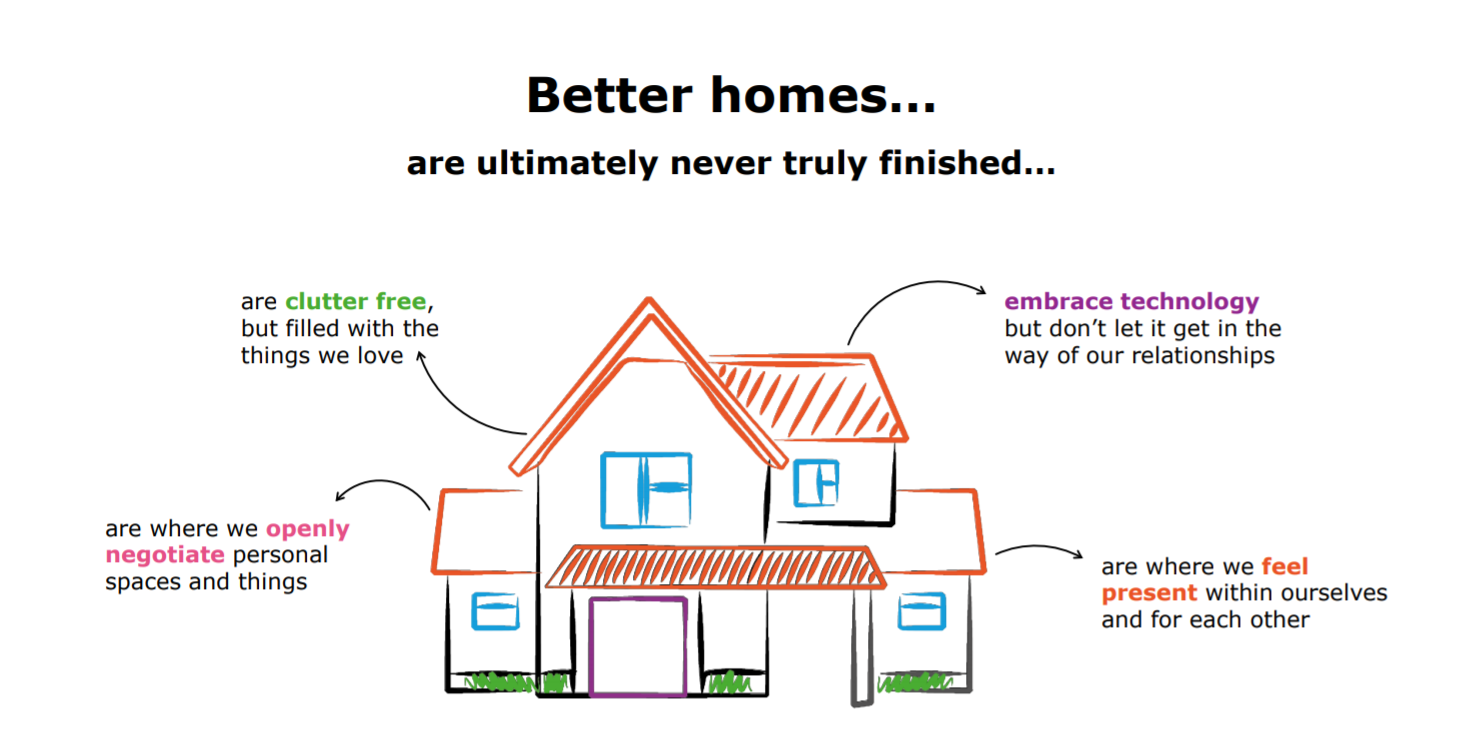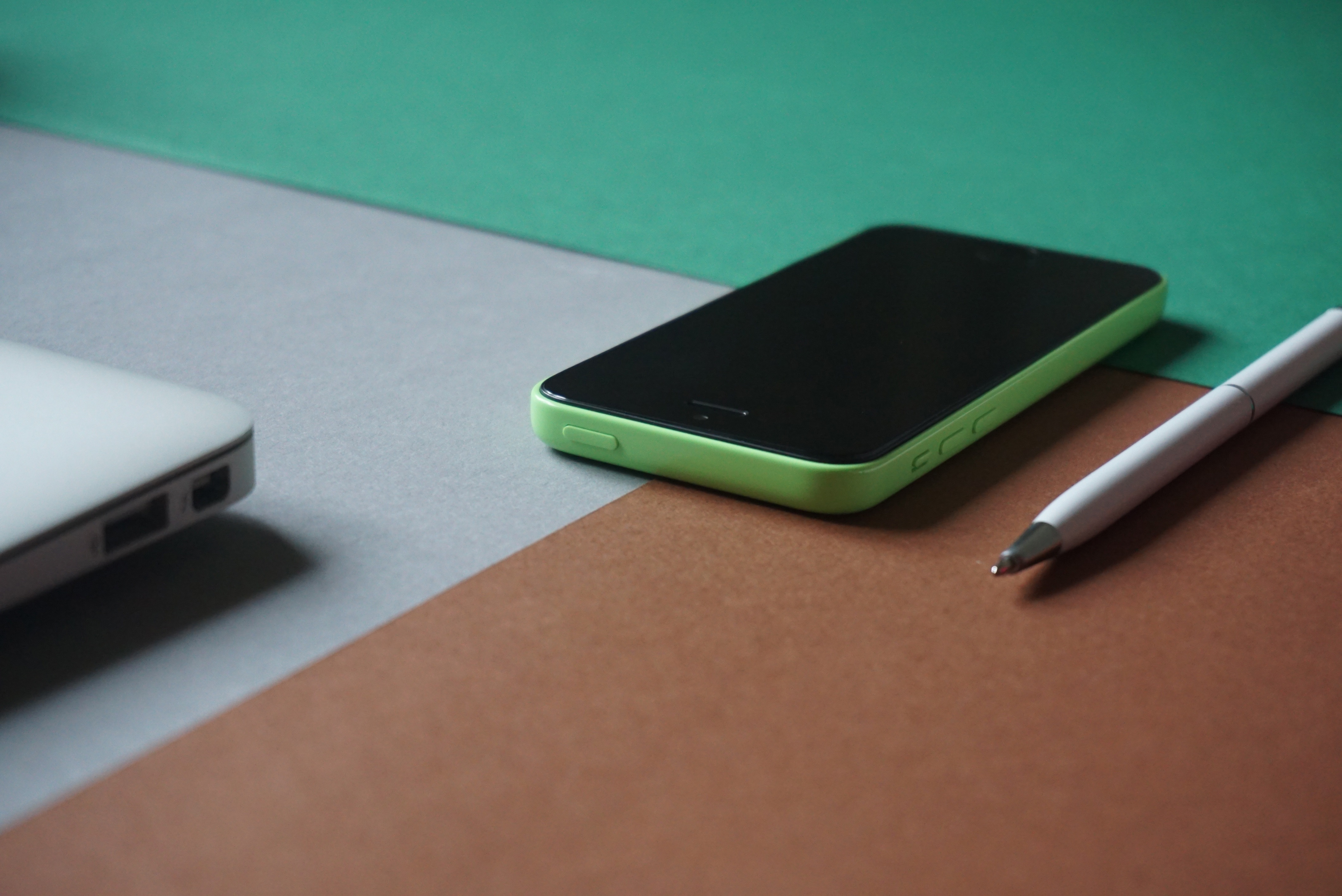
Is your smartphone smarter than you? Why are we so addicted to dependent on our smartphones? Why is it such an important object in our lives? It might be because our smartphones have become our agenda, clock, navigator, book, television, audio player, camera, cookbook, newspaper, shopping list, alarm, exercise coach and perhaps even our wallet. Not to mention the numerous game, chat, or social media apps that keep us entertained and connected to the world.
We’ve introduced one of the most integrated and useful pieces of technology into our lives, yet the question begs, who is the master and who is the servant in this relationship?
During a conference for professional organizers, guest speaker Marnix Pauwels (author of Leg dat #@!ding nou ‘ns weg!) asked what might be a healthy relationship with our smartphones? Beyond its practical use, we turn to it in times of boredom, curiosity, loneliness, restlessness, for reassurance, for a pick-me-up or to avoid feeling negative feelings in a particular moment. It drains of us our precious energy, diverts our concentration and weakens our short-term memory muscle.
The reality is we can’t live without our smartphones, they have become too integral to our daily lives. So much so that we now have a new term for our fear of going without them. Nomophobia is the irrational fear of being without your mobile phone or being unable to use your phone for some reason such as the absence of a signal or running out of minutes or battery power. So how do we regain control as master?
Learn to be aware of its presence in your daily life
If you are unsure of how often you reach for your smartphone try an app like QualityTime or Moment.
Recognize when it is becoming a distraction or an emotional substitute
Consciously consider your emotional state when you are interacting with your phone. Could you be more in the moment, mindful of the experience going on around you? Are you avoiding something in the present moment?
Minimize the disruptions
Turn-off notifications & vibrations, reduce the number of apps you use and use the Do Not Disturb setting when you need to focus on a task.
Observe other people’s relationships with their phone
Do you want to emulate their behavior or for them to emulate yours? Lead by example. In your next work meeting, while out with friends for coffee, or interacting with your teen put your phone away. Its mere absence might be noticed.
Create time-out spaces for your smartphone
Keep your smartphone out of your bedroom. Don’t touch your phone until after breakfast. Make the dinner table a no phone zone. Go the extra step, store it further away (in another room or in a box) so you need to consciously walk over to where it is in order to use it.
If you find your digital habits overrunning your life contact sorted.by Melissa. I can help you find more space, focus and time to do the things you love.
I want to help you live a more organized life. Let’s get you sorted.







